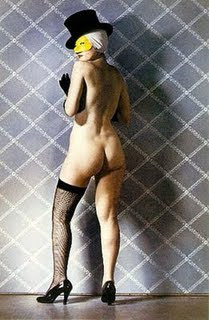There are some artists, upon discovery, whose work resonates profoundly, in a matter of an instant. Before the mind can explain why, the heart soars and you know it's love at first sight. This was my reaction when I was first introduced to Paul Outerbridge.
Outerbridge was an American photographer that was most well known for his work between 1925 - 1945. He was successful as a commercial, fashion and fine art photographer. The rare trifecta, almost impossible for any artist. He made photographs for Vogue, Vanity Fair and Harper's Bazaar magazines, among others. In the late 1920's he lived in Paris and associated with the avant-garde, bohemian circle including Duchamp, Man Ray, Picasso and Brancusi.
His early B&W work explored the pure form of an objects geometry and light, reflecting the contemporaneous influence of Picasso's paintings and Brancusi's sculptures. His composition was masterful - refracting triangles, ovoids, squares and patterns into abstract still-lifes steeped in the psychology of Surrealism.
In 1930 he started developing a color printing technique that would become the Tri-color Carbro process. The resulting prints yielded lush, glowing, three dimensional colors.
The painstaking procedure involved using the same pigments found in oil paint and involved the assembly of multiple color celluloids. In 1940 he published a book describing the process entitled Photographing in Color.
Outerbridge was also well known for his deeply psychological nude studies that bordered on fetishism. Masks became a common element in both his portraits and still-lifes.
Paul Outerbridge was an exemplar of modernism during the fertile period between the world wars. His work continues to echo today in the contemporary work of David LaChapelle and Raymond Meier.
Links:








No comments:
Post a Comment